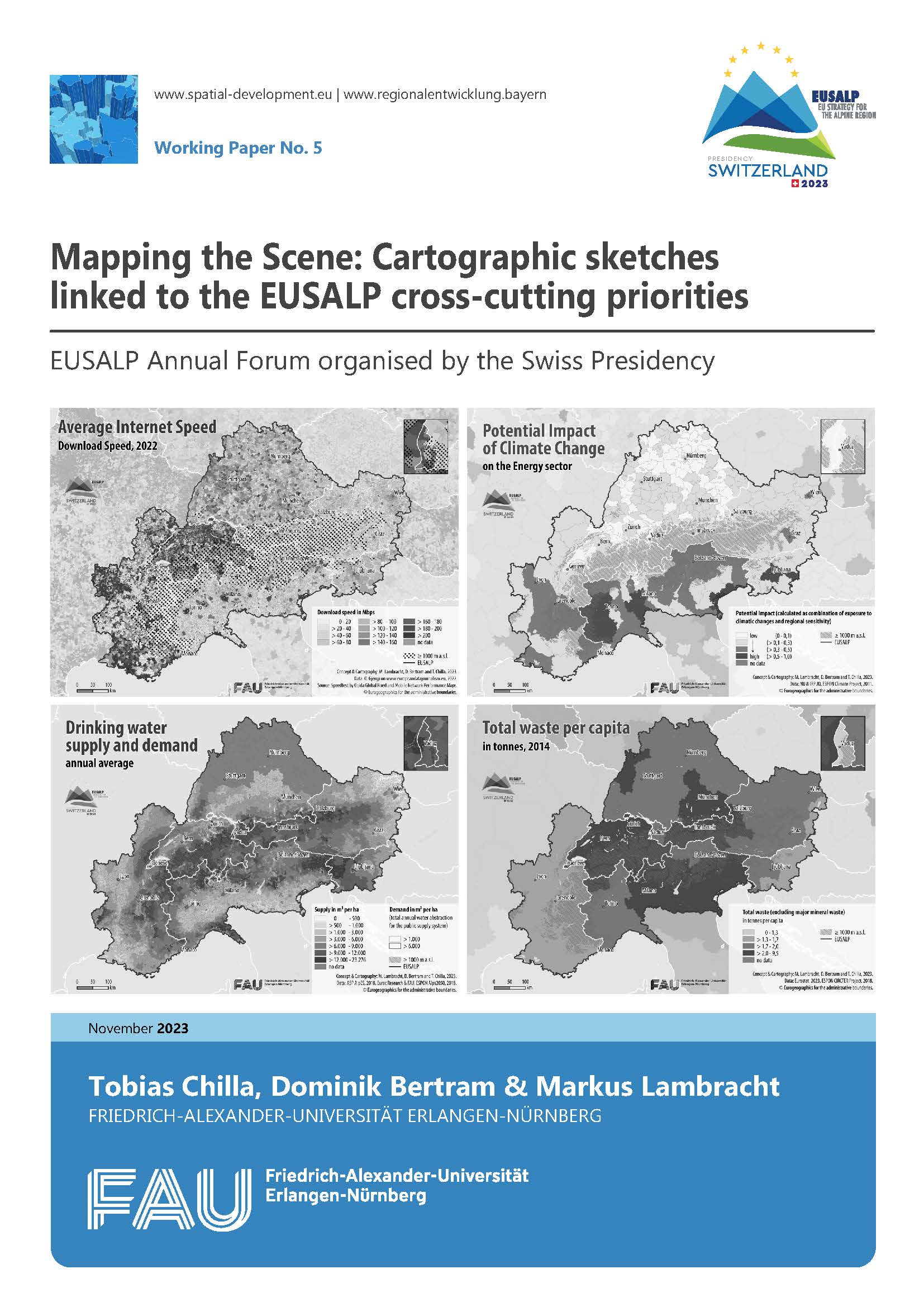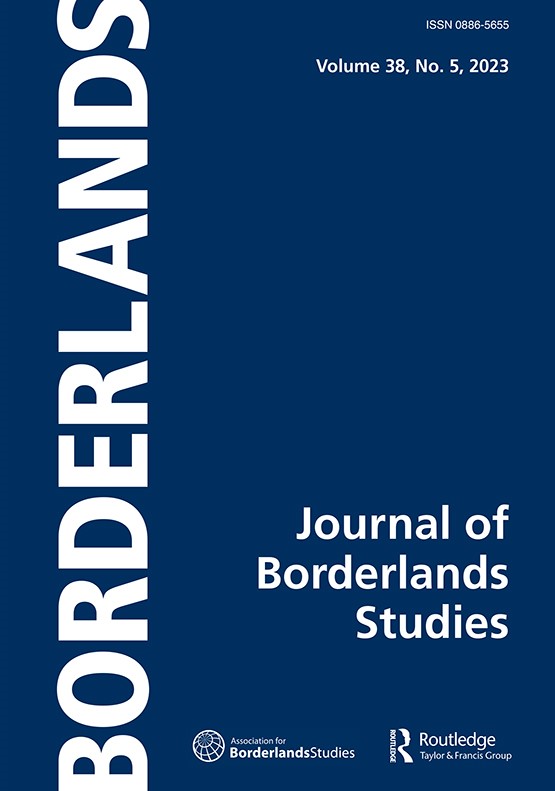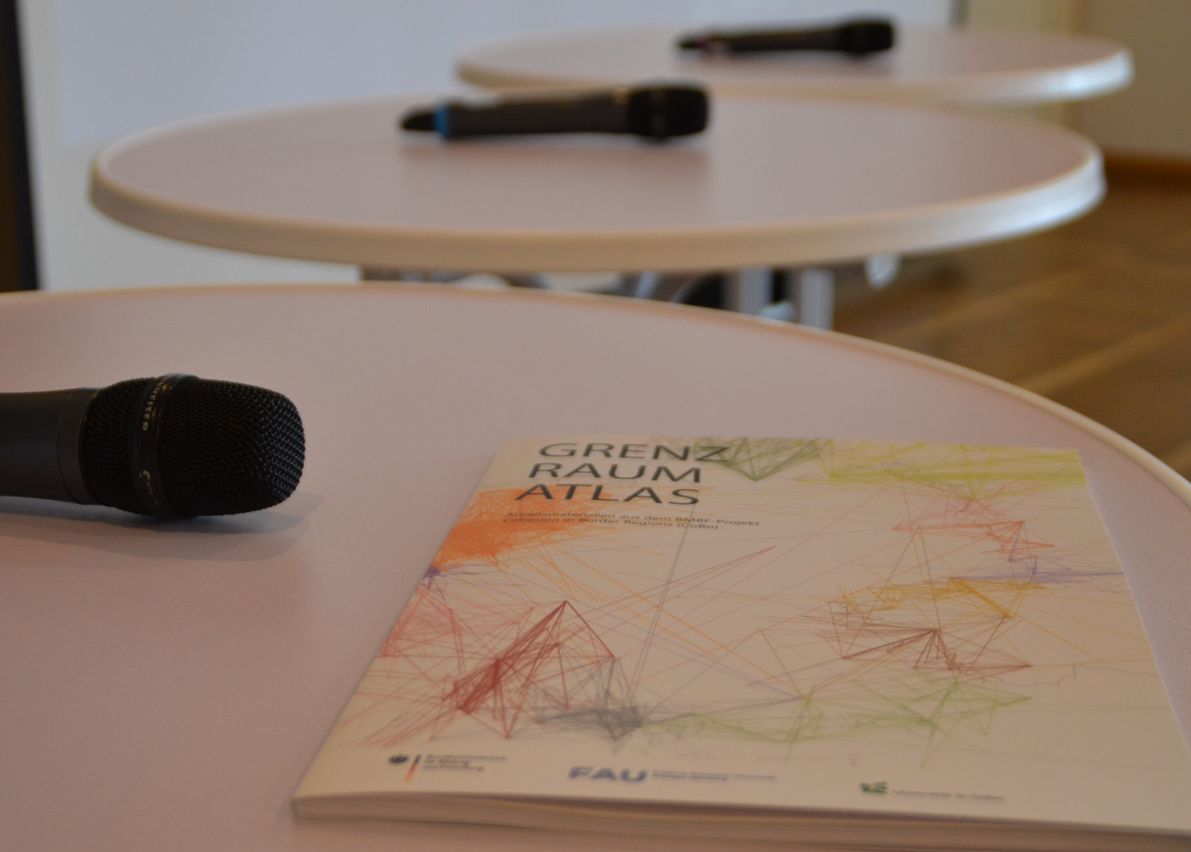Settlement Systems in Mountain Regions: A Research Gap?
Cities and their networks play an important role in spatial development. This is true for settlement systems in general, and there is no reason why this should be different in mountain contexts. However, research on this topic is scarce, and it remains a relatively niche topic. In our latest article, we present a scoping review of settlement systems in mountain regions. We reflect on thematic foci, temporal developments, and regional differences in the global scientific debate. The paper is p...










